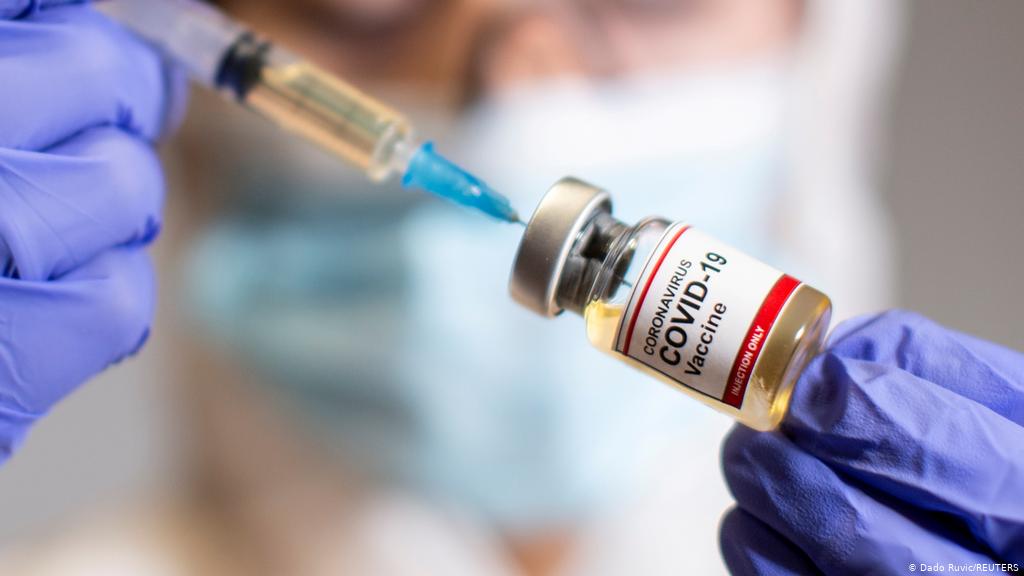Media practitioners in Bulawayo turned up in numbers at the Bulawayo Small City Hall to receive their first dose of the Sinopharm vaccine.
Journalists are part of frontline workers who were eligible to be vaccinated during the first phase of the vaccine rollout.
The Sinopharm vaccine generated a lot of public interest, with people asking why the government was rolling out the vaccine before conducting local clinical trials.
However, the Medicine Control Authority of Zimbabwe (MCAZ) authorised the emergency use of the vaccine in the country.
Journalists who spoke to CITE after receiving their doses described the process as swift and encouraged more people to partake in the process.
They said despite the misconceptions surrounding the Chinese vaccine, the health personnel assured them of its efficacy against Covid-19.
“I feel quite fine and I would really encourage more people to get vaccinated. Misconceptions will always be there regardless of the circumstances. The earlier we vaccinate the closer we get to winning the fight against Covid-19,” Patience Phiri from CITE said.
“The nurses really explained everything well and they were very patient with us, encouraging us to ask all the necessary questions on areas that we do not understand. That really helped in making us more relaxed and comfortable in going through with the process.”
Manurse Ndlovu from Skymetro FM said being vaccinated has capacitated her to give information from a first hand perspective.
“I really wanted to get this injection. For my own protection. Also as a journalist it capacitates me with knowledge. When I go out there and give information I’d be doing it from a first hand experience,” Ndlovu said.
Benkosi Maphosa also from Skyzmetro FM urged members of the public not to be sceptical about getting the dosage.
“This exercise was quite fulfilling for me. I really believe that the earlier people get on board and get vaccinated the earlier we can progress in our fight against the pandemic. People need to be optimistic and hope for the best.”
Limukani Ncube, the editor of the Sunday News described the process as flawless.
“Before I knew it I had been vaccinated. I also liked the counselling or information sharing part by the health personnel. And so far so good,” he said.
The second phase of vaccination will cover priority groups such as those with the chronic illnesses and comorbidities such as diabetes, high blood pressure including those who are 65 and above.
Phase three will cover the rest of the population.

